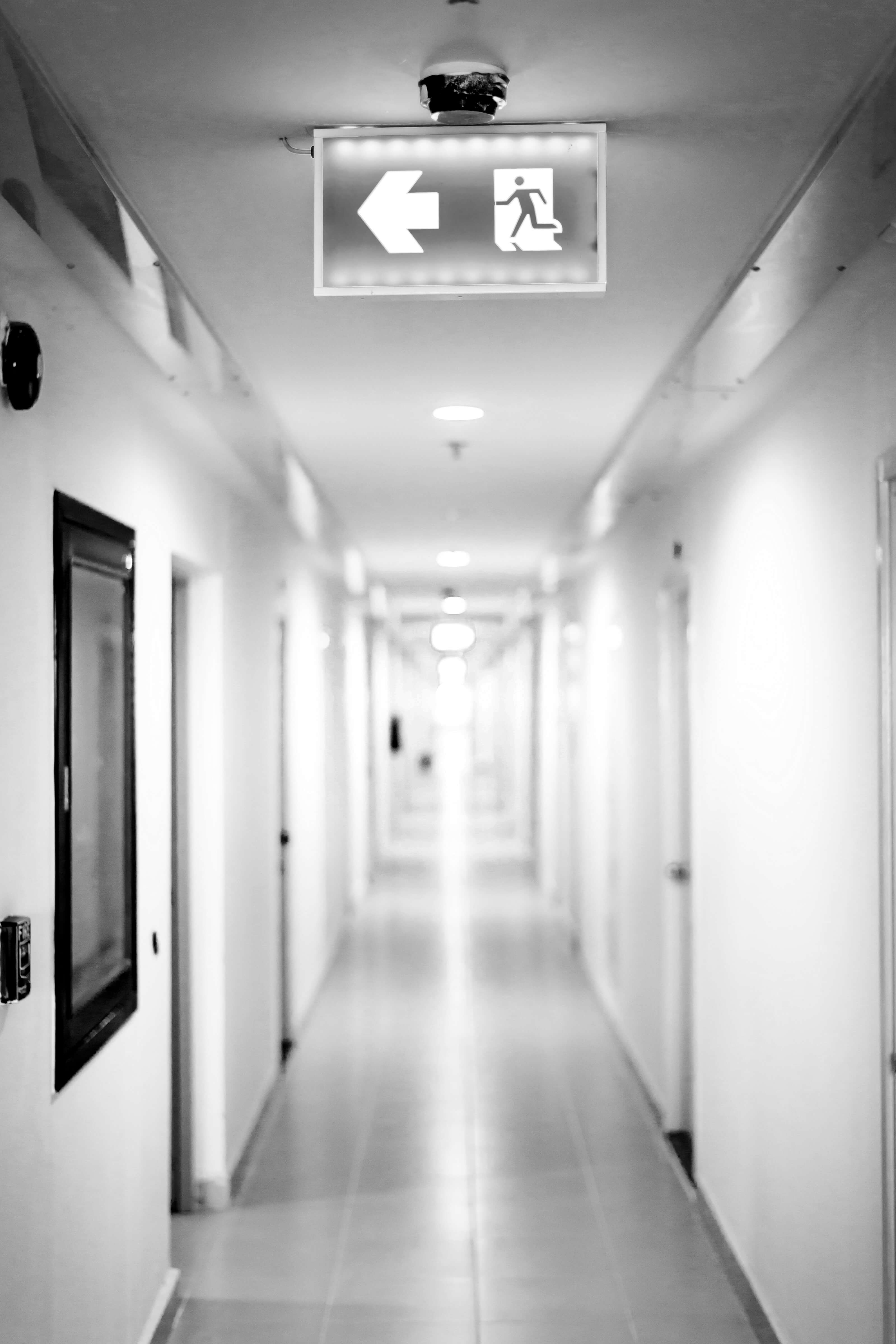
Fire detection and alarm systems are installed in all types of buildings, facilities, and enterprises to detect fires at an early stage, notify occupants of the situation, and alert the necessary security units and fire departments. These systems are designed to protect both lives and property. While all security systems are important, the necessity of fire detection becomes clearer when considering the potential damage a fire can cause to a building and its occupants.
- Conventional Fire Detection Systems
- Intelligent Fire Detection Systems
- Active air-sampling ultra-sensitive smoke detection systems
- Active air-sampling gas detection systems
- Specialized beam-type smoke detectors tailored to needs
- Flame and spark detectors
- Cable-type temperature detection systems
- Fiber-optic temperature detection systems
- Control panel network expandable up to 160,000 addressable points
- Integrated firefighter telephone control unit and field telephones within the panel
- User graphical monitoring and control software
- 4-dimensional detectors

Emergency lighting plays a crucial role in building safety, especially during evacuation scenarios. The emergency lighting system is designed to provide automatic illumination in emergencies when the main power supply is cut off and normal grid lighting is disabled. By reducing panic, providing necessary lighting, and guiding occupants to safe exit points, emergency lighting systems act as a lifeline during dangerous situations.
There are many situations where emergency lighting is necessary. These include power outages, evacuations where reduced visibility requires additional light sources, or fire hazards. The selection of emergency lighting products depends on their intended use. Uses include emergency exit lighting, escape route lighting, standby lighting, open area lighting (or anti-panic lighting), exit sign illumination, special lighting for high-risk task areas, or combinations of all these technologies within a building.
Stand-by Lighting
A type of lighting intended to maintain normal operations during power outages that do not involve emergencies. This lighting is not included in emergency escape scenarios.
Emergency Escape Lighting
Lighting designed to ensure safe evacuation from the building during an emergency, while also facilitating intervention and first aid at potential hazard sites.
Escape Route Lighting
Lighting that illuminates escape routes in an emergency to safely guide people out of the building by showing the escape direction.
Open Area Lighting (Anti-Panic Lighting)
Lighting intended for areas such as zones leading to escape routes, shelters, or assembly points, ensuring safe access during an emergency.
High Risk Task Area Lighting
Lighting for areas where hazardous tasks or situations may occur, designed to ensure safety and, for some systems, allow users to switch off or bypass as needed.
Emergency lighting fixtures have two operating modes: continuous and standby.
Continuous (Uninterrupted)
Continuous operation means the emergency lighting fixture is always on: used as part of the general lighting system for general purposes and in emergencies with backup power. Continuous emergency fixtures are commonly used in public spaces and entertainment venues such as cinemas and clubs where lights are dimmed.
Standby
Standby fixtures activate when the power supply to the normal lighting system fails. They are typically used in buildings where the general lighting system operates when the building is occupied.

As the names suggest, Fire Detection Systems and Fire Alarm Systems do not extinguish fires but rather alert occupants during a potential danger to enable rapid evacuation of the area. However, with advancing technology, Fire Warning Systems can now integrate with other systems to facilitate quick evacuation of the fire-affected area, thereby preventing both material and emotional losses. Generally, there are two types of Fire Alarm Systems: Conventional Fire Alarm Systems and Analog Addressable Alarm Systems.
Conventional Fire Alarm Systems:
These systems operate by detecting fire within a specific zone. Conventional Fire Alarm Systems work on a zonal detection logic, where fire detection signals from smoke detectors connected to these zones trigger fire detection and provide localized warnings. These systems are simpler and more economical compared to others, which is why they are preferred especially in smaller projects or areas with lower fire risks. The main drawback of these systems is their susceptibility to false alarms due to changes in air or temperature. The following equipment is typically used in these systems:
- Smoke Detectors
- Heat Detectors
- Beam Detectors
- Fire Buttons
- Fire Sirens
- Fire Flashers
Analog Addressable Alarm Systems:
These systems can detect fire at specific points and are especially preferred in tall and complex buildings. Each detector is connected to a loop line. The cables and sensors on these loops sequentially monitor different sensing elements such as smoke, heat, and rate of temperature rise, continuously reporting the status of the environment. In case of any fault or fire, the system alerts the control panel that manages all loops. Addressable Fire Detection Systems, which can also integrate with other mechanical systems and provide detailed reports, are favored in complex structures. The following equipment is typically used in these systems:
- Smoke Detectors
- Heat Detectors
- Beam Detectors
- Fire Buttons
- Fire Sirens
- Fire Flashers
